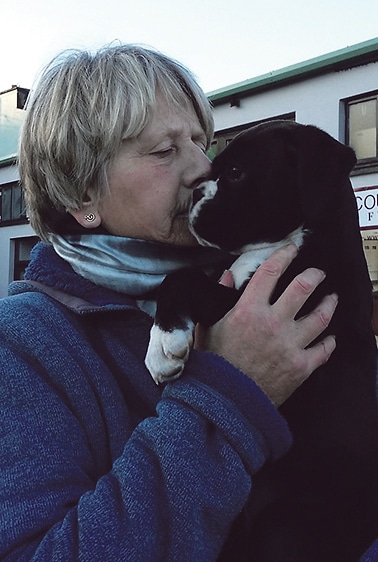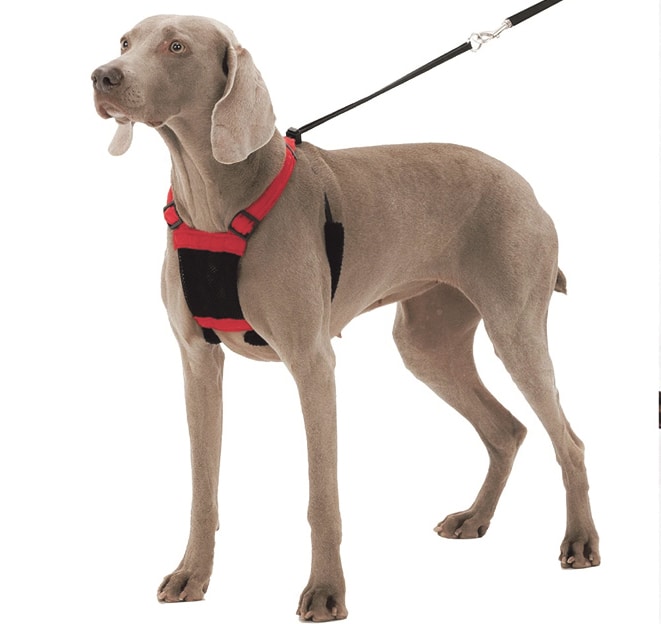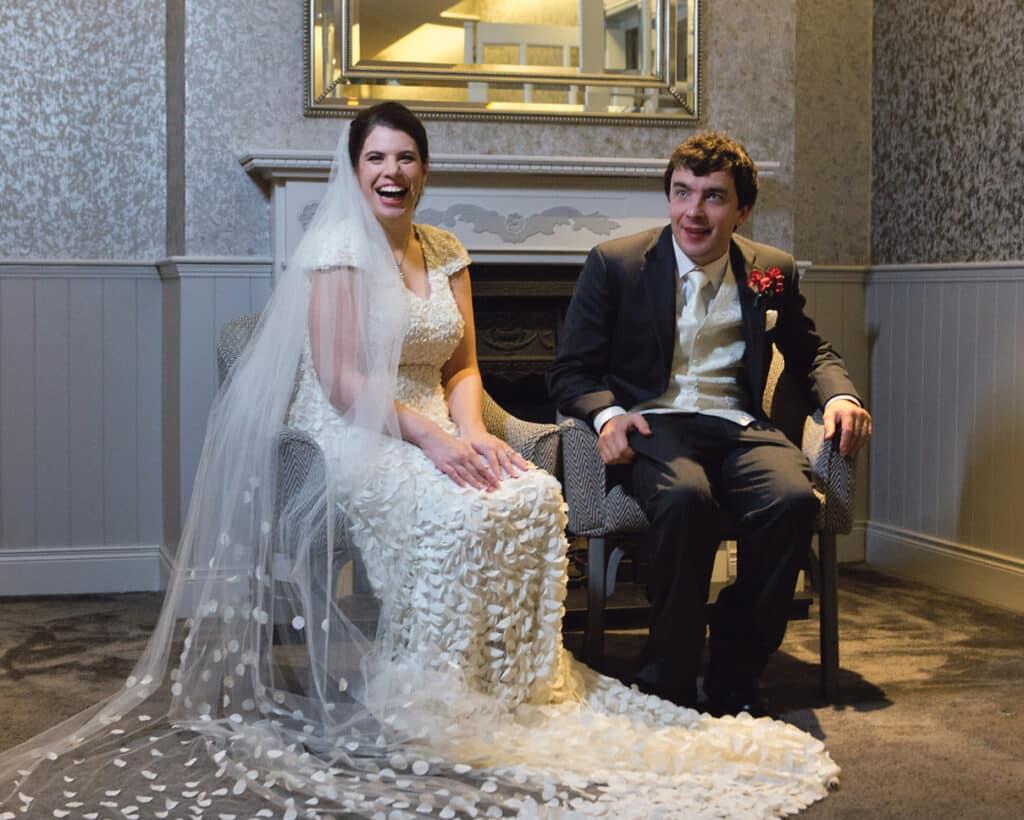
Liz Mahony is an experienced Dog Trainer and Holistic Therapist for all animals. In her monthly column, Liz aims to promote mutual respect between carer and dog. Contact Liz at
corkdogtrainingclasses.com
It’s incredible the number of people who contact me about their dog pulling on lead. When your dog pulls, it’s generally because he’s paying you no attention and is in his own zone. You can pull, yank, shout or throw a tantrum – all to no avail. He’s not listening and you’re wasting your time and energy.

The first thing you teach your dog is to focus upon you, no matter what. Trying to do this when you’re on your walk is impossible. There are far too many distractions and you are way down his list of interesting things!
I may lose some readers here because I advocate that you go back home to do your homework and what I recommend isn’t a ‘quick fix’. In fact, all your basic obedience training begins on lead in the home, and then you add distractions gradually until your dog becomes ‘bomb proof’ anywhere.
So first of all you need your dog to make eye contact, the same way you do when you’re engaging with someone. It’s polite, respectful, and means you’re listening. You obviously use treats to encourage him to focus on you. After a while, it should become automatic for him to look at you immediately when you call his name. If not, then you have to question your relationship with him.
Then, you get him to focus anywhere in your house. Once he’s happily looking at you anywhere on command, then you progress out to your back garden. There are more distractions outside: noises, barking dogs, birds flying, etc. You want your dog to be able to focus on you despite those things. If he can’t, then go back inside and keep practicing indoors until he seems to be fully concentrating.
When you think he’s coping with distractions in your back garden, you bring him out to the front. There are many more things there that merit his attention: cars passing, people walking by, children shouting and playing, other dogs. Let him have a look and then ask him to focus on you. (And remember, he’s on lead so he can’t take off!) If he manages to meet your eyes and maintain that focus, then I reckon he deserves a Jackpot! A Jackpot is when you tell him how good he is while delivering about four or five treats in quick succession to really mark his behaviour.
When you actually take him for a walk outside your garden, try to understand how exciting, fearful or even overwhelming it can be. There’s so much to see, hear, smell, take in all at once. Few dogs are so laid back that all of these things just wash over them. Most dogs are so excited – or stimulated, they can hardly contain themselves.
I would recommend that the first time after you’ve taught him to focus, you walk in a place or at a time when you know you’re unlikely to encounter anybody. The reason for this is that the smells, sights and noise are still there stimulating him, but, hopefully, no people. While you walk, you’ll occasionally stop and get your dog to sit, make and maintain eye contact, reward, and then walk on. You’re setting the basic rules of how you want him to interact with you despite outside influences. If you do this consistently, your dog learns to automatically check in with you.
The second most important thing after teaching your dog to focus is what gear you use to walk your dog. If you walk your dog in just a collar and lead and he pulls like a train, you are in danger of doing permanent damage to his throat. Plus the fact, there’s such pressure on his neck and throat that it’s possible he’s being deprived of oxygen to his brain. That will surely have long-term consequences.
When I was learning how to be a dog trainer, our tutor suggested we put some rope around our own necks and then have someone yank it. Take it from me; even a small, constant pressure is uncomfortable! However, a properly fitted harness may be all that’s needed to stop a dog pulling. Not only that, if your dog is leaning and pulling on the collar, it’s detrimental to his skeletal health.
There are so many types of harnesses on the market; it’s hard to know which one to choose. In my experience the best harness is one that fits snugly, doesn’t sit too low across your dog’s chest and interfere with his gait, doesn’t pinch him when he pulls but has a ring on his chest and on his back so that you can use a double-ended lead.
Next month, I’ll explain how the harness works when your dog tries to pull you all over the place.


